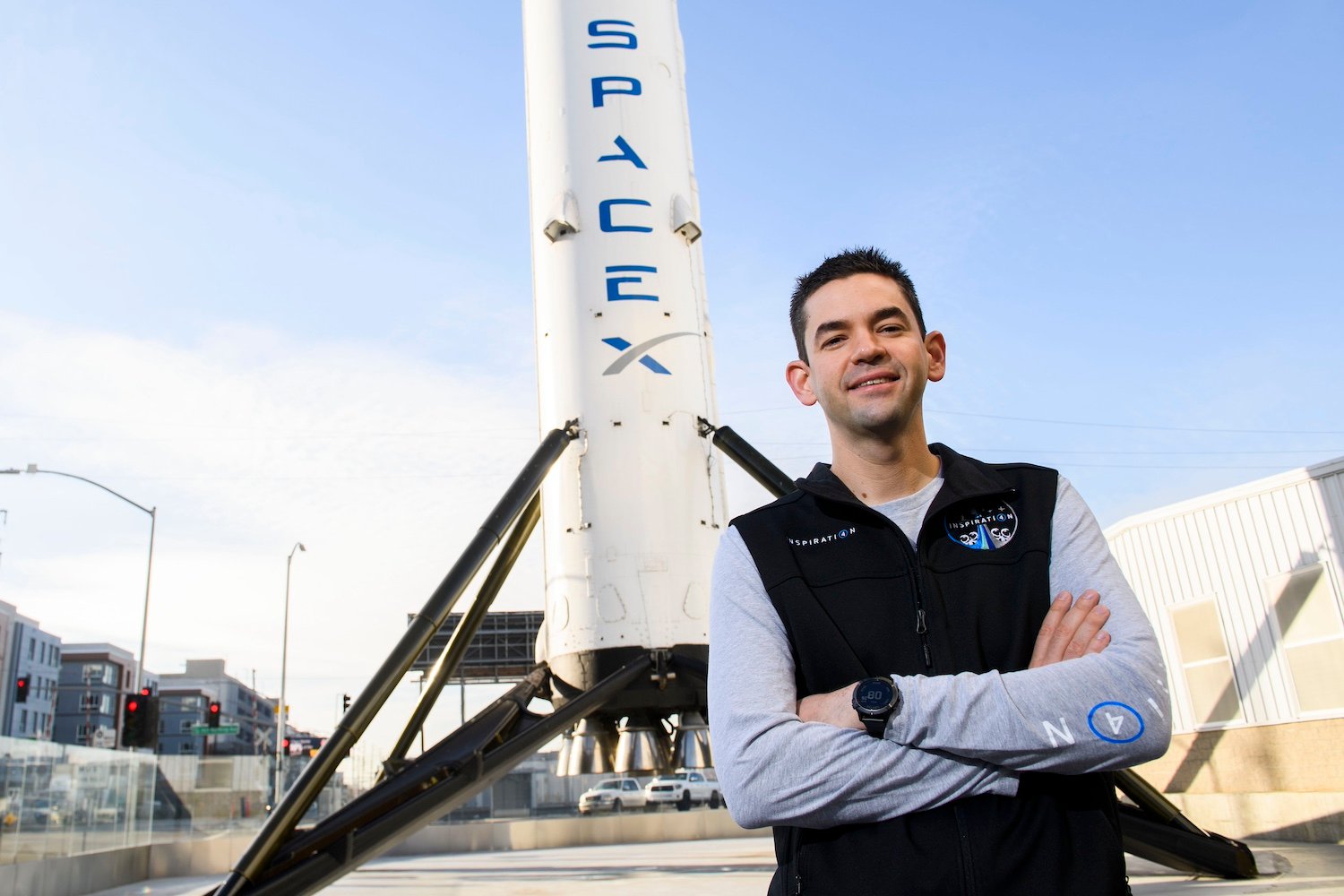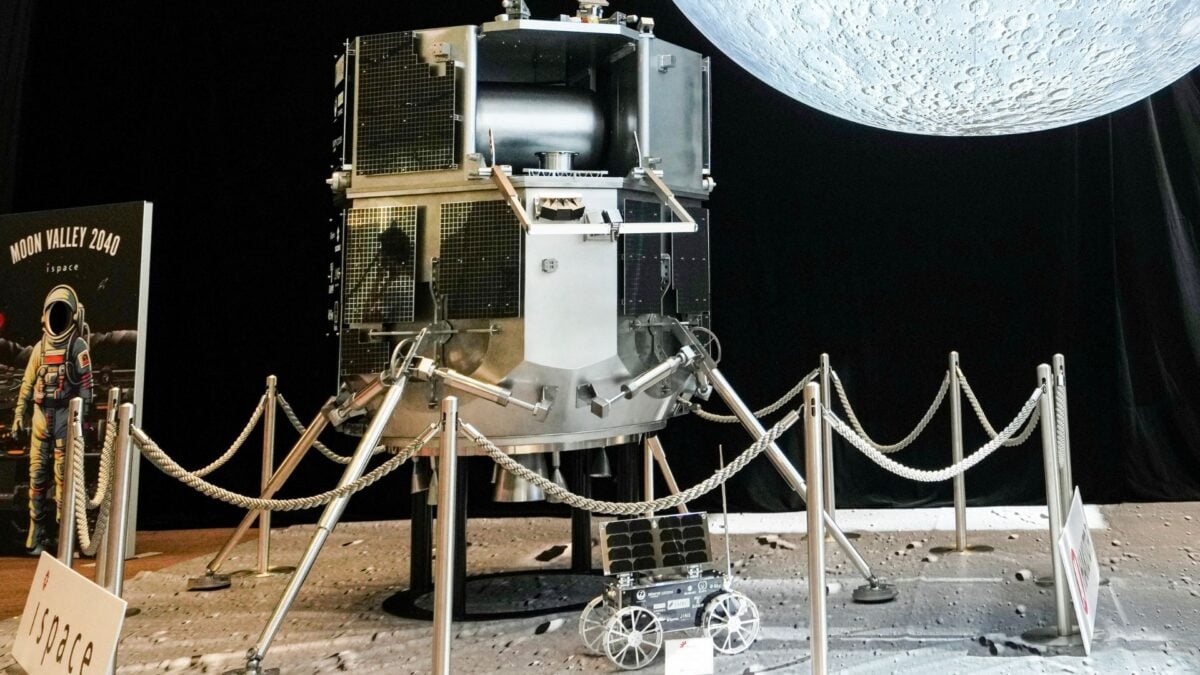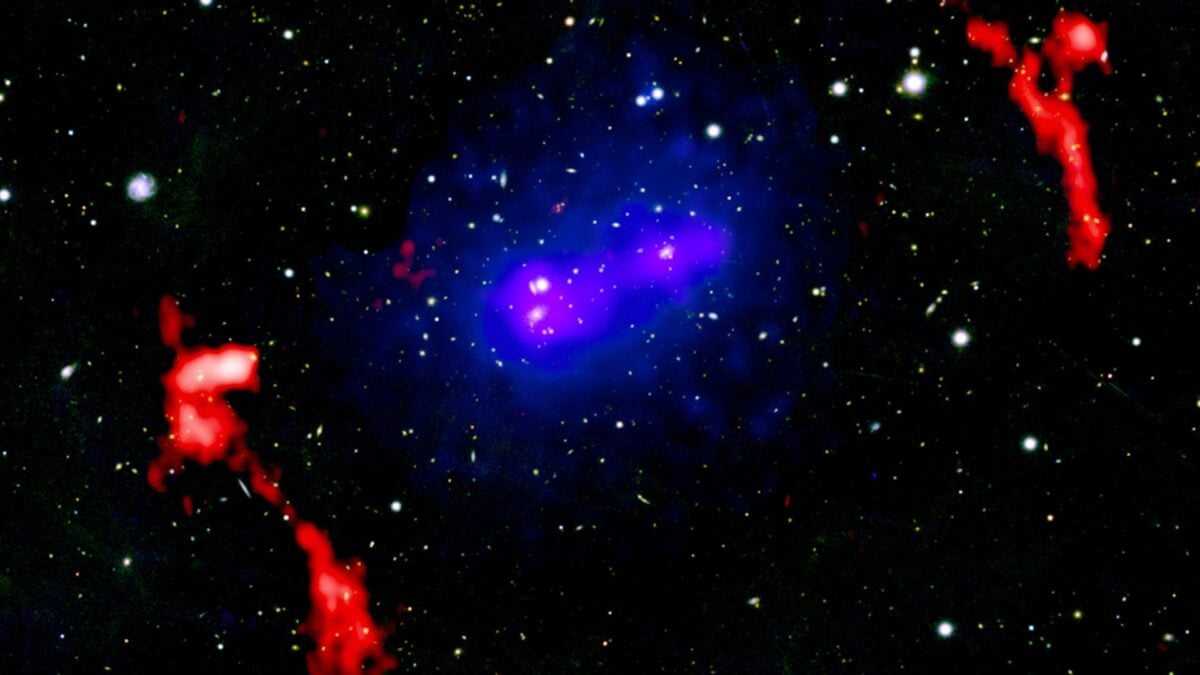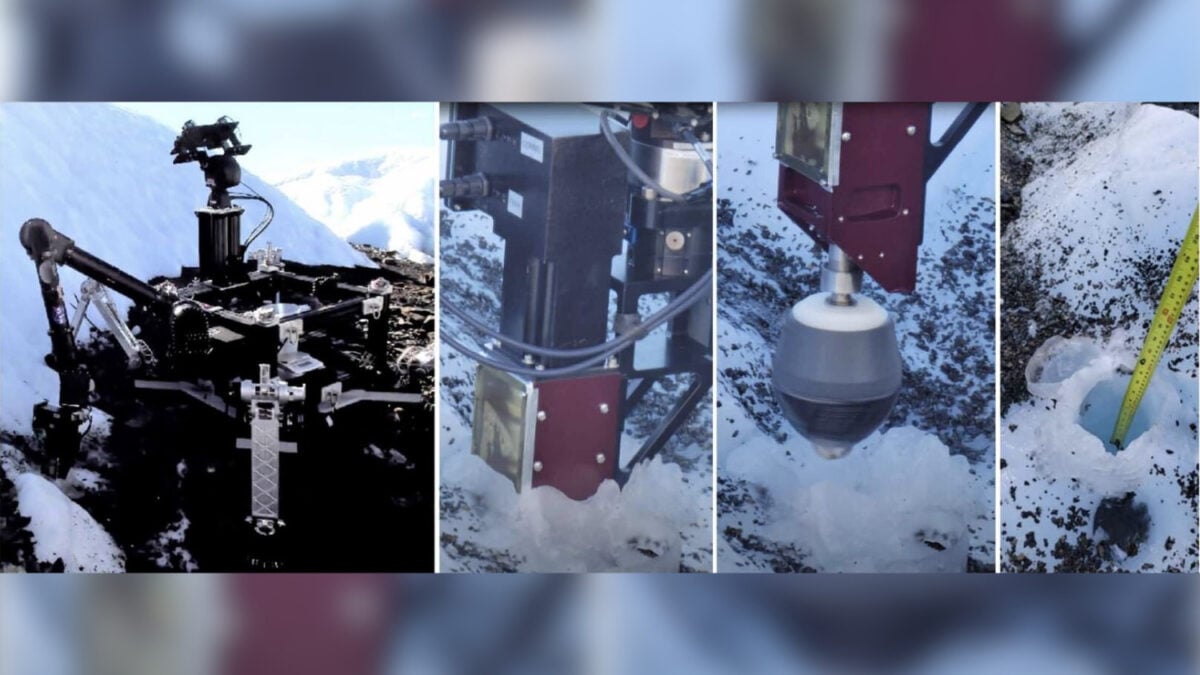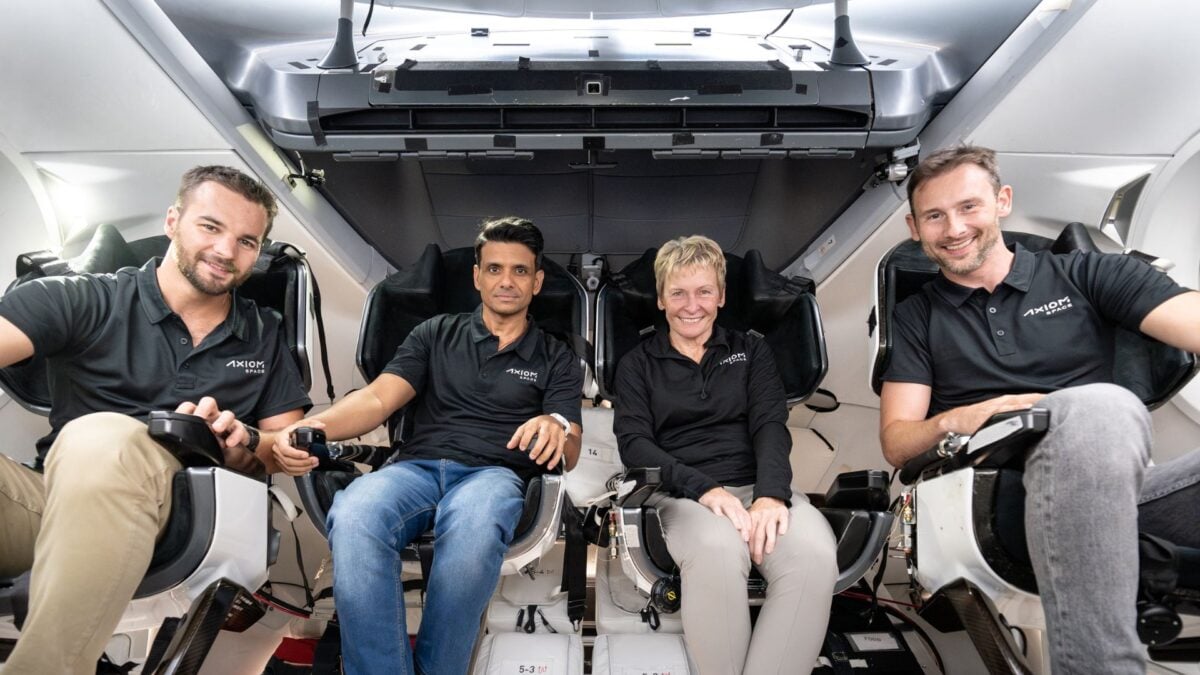The International Space Station (ISS), a cornerstone of orbital research for over two decades, is navigating turbulent skies as NASA confronts significant budget tightening. This financial pressure casts a shadow over the station’s remaining operational years, even before its planned retirement. The ISS budget cuts are already showing tangible effects, signaling a potential downscaling of activities aboard the vital laboratory.
Conference Cancellation Signals Financial Strain
A key indicator of the fiscal challenges is the cancellation of the upcoming ISS Research and Development Conference. The Center for the Advancement of Science in Space (CASIS), responsible for managing the ISS National Lab, announced the decision this week. After consultation with NASA, CASIS stated that “the current regulatory and budgetary environment does not support holding” the annual conference, which was scheduled for late July in Seattle, as reported by SpaceNews. This move underscores the immediate impact of budgetary constraints on collaborative scientific endeavors linked to the station.
Proposed Budget Cuts and ISS Operational Impact
The cancellation follows the release of the administration’s 2026 budget proposal, which outlines a substantial $6 billion reduction for NASA. This represents a 24% decrease from the agency’s current $24.8 billion budget for 2025. The proposal specifically targets the ISS, suggesting a funding cut from $1.24 billion to $920 million. According to the budget document, “Crew and cargo flights to the station would be significantly reduced,” and “The station’s reduced research capacity would be focused on efforts critical to the Moon and Mars exploration programs.” This shift in focus comes as the ISS approaches its scheduled decommissioning in 2030, with commercial space stations pegged as successors.
NASA Acknowledges Pre-Existing Resource Challenges
During a late May briefing, Dana Weigel, NASA’s ISS program manager, confirmed that the space agency was already grappling with resource issues prior to the 2026 proposal. “The station has been faced with a cumulative multi-year budget reduction,” Weigel stated, as quoted in SpaceNews. “That has left us with some budget and resource challenges that result in less cargo.” This reduction in cargo directly affects supplies for the crew.
Potential Adjustments: Fewer Crew, Longer Missions
Historically, NASA has maintained at least four of its astronauts on the ISS, alongside international partners. However, cargo missions are already being scaled back, with only three planned for 2025 compared to the previous four or five annually. “We’re evaluating the potential for moving to three crew,” Weigel revealed. Additionally, NASA is contemplating extending mission durations on the ISS from the standard six months to eight months, as Ars Technica previously reported. These measures aim to manage operational costs under a tighter budget.
The Looming Gap: Commercial Replacements Not Yet Ready
While the ISS is slated for retirement, the development of commercial alternatives like Orbital Reef, Axiom Station, and Starlab is ongoing. However, these commercial space stations are not yet prepared to host astronauts in low Earth orbit. The ISS currently provides a continuous platform for orbital science, and its premature scaling down or an unready transition could create a significant void in research capabilities and human presence in space.
In conclusion, the International Space Station is at a critical juncture, facing substantial financial headwinds due to proposed NASA budget cuts. These constraints are forcing considerations of reduced crew sizes, fewer cargo missions, and a re-prioritization of research. As the ISS nears its 2030 retirement, the readiness of commercial successors will be crucial to ensure an uninterrupted continuation of vital science and human operations in low Earth orbit. Stakeholders will be closely watching how these budgetary decisions shape the final years of this iconic orbital outpost.




